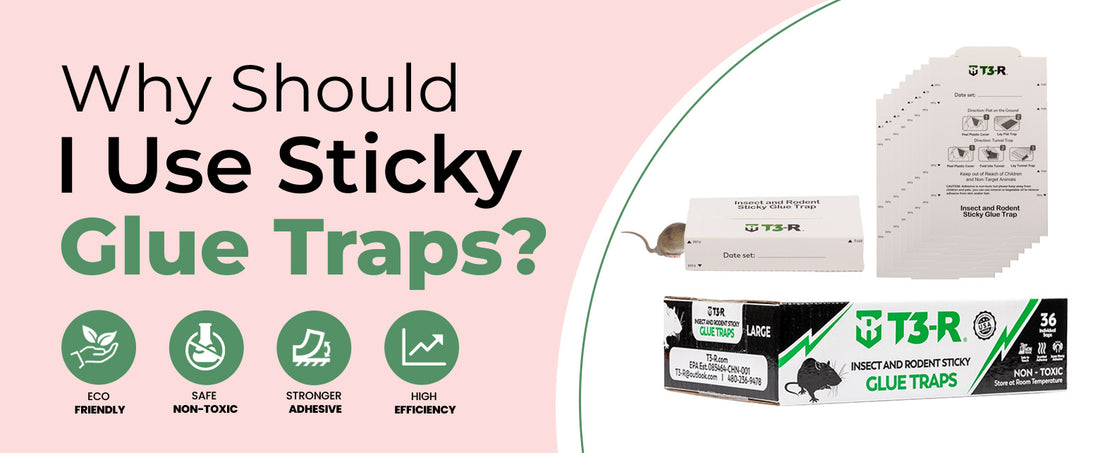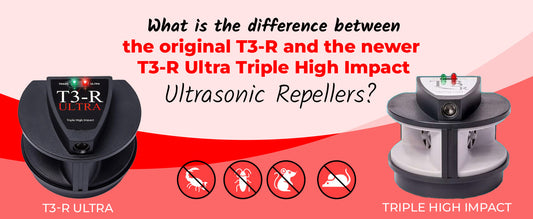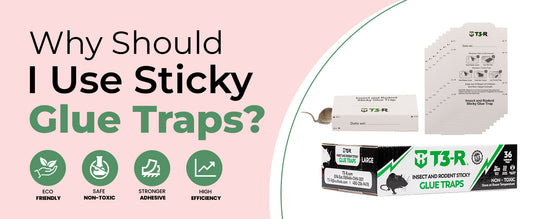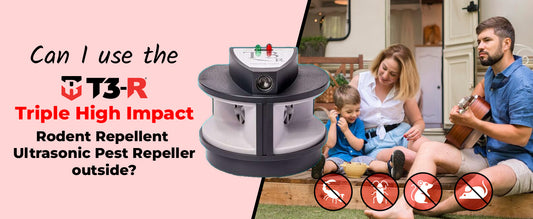Why Should I Use Sticky Glue Traps?

Rodent infestations are a common household nuisance, and the quest for effective and humane control methods has led to a myriad of options. While sticky glue traps have garnered criticism for being perceived as inhumane, it's essential to acknowledge that they do come with some benefits. In this article, we'll explore 10 reasons why sticky glue traps still have a place in rodent control.
Versatility in Placement:
While ultrasonic devices are effective in preventing rodent infestations, they may take longer to work in areas with readily available food sources. In such cases, combining ultrasonics with sticky traps strategically enhances effectiveness. The flat design of sticky traps allows easy placement along walls, under furniture, in tight corners, or at entrances to locations with food, creating a physical barrier between intrusive rodents and your food.
Early Detection of Infestations:
Sticky glue traps can act as an early warning system. Placing them in areas with suspected rodent activity allows homeowners to detect and address infestations in their early stages, preventing the problem from escalating.
Effectiveness in Small Spaces:
Sticky glue traps excel in confined spaces where traditional traps might struggle. Their low profile and simplicity make them ideal for narrow areas where rodents tend to hide.
Non-Toxic Solution:
Unlike some chemical alternatives, sticky glue traps are non-toxic. This makes them a safer option for households with children and pets, eliminating the risk of accidental poisonings.
Low Cost:
Budget constraints are a real concern for many homeowners. Sticky glue traps offer an affordable solution for those looking to address a small-scale rodent issue without breaking the bank.
Ease of Use:
Setting up sticky glue traps is a breeze. No intricate mechanisms or special bait is required—just place them in strategic locations, and they are ready to catch unwary rodents.
No Secondary Poisoning Risks:
The absence of poison in glue traps eliminates the risk of secondary poisoning. This means that even if a pet or non-target animal comes into contact with a trapped rodent, there's no danger of them being affected by harmful substances.
Quick and Silent Capture:
Sticky glue traps offer a swift and silent means of capturing rodents. Unlike traditional snap traps, there's no startling snap sound, making them a discreet option for those who prefer a more subtle approach to pest control.
Eco-Friendly Varieties:
Some sticky glue traps are designed with eco-friendly materials, making them a more environmentally conscious choice for those who prioritize sustainability in pest control practices.
Reduced Odor and Mess:
Compared to other trapping methods, glue traps result in less odor and mess. Rodents caught on the adhesive surface are contained, minimizing the potential for unpleasant odors associated with decomposing rodents in hidden spaces.
Conclusion:
While the ethical concerns surrounding sticky glue traps are valid, it's essential to recognize that these traps can offer practical benefits in certain situations. As with any pest control method, it’s crucial to have a balanced approach that considers each users’ specific circumstances. Sticky glue traps might not be the solution for everyone, but understanding their potential advantages allows homeowners to make informed decisions in their quest for effective rodent control.





